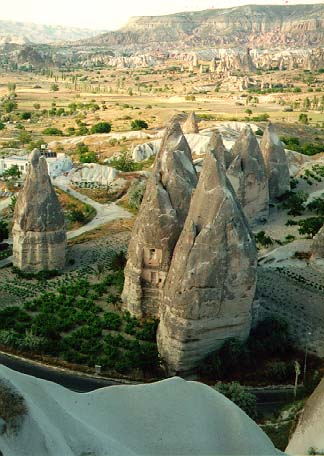The last piece of a colorfully painted stone wall was removed Tuesday from the Takamatsuzuka tomb in the ancient village of Asuka, Nara Prefecture, as part of a government restoration project that began in April.
The murals, estimated to have been drawn between the late seventh and early eighth centuries, were discovered in March 1972. They have been designated national treasures and will be restored at an outside facility near the tomb over a period of 10 years.
On Tuesday, the Cultural Affairs Agency's archaeological preservation team used a crane to hoist the final piece, which comes from the tomb's west wall, from its chamber to a truck.
The slab, weighing 840 kg and measuring 106 cm wide, 115 cm high and 43 cm thick, bears a depiction of a group of men, agency officials said.
Takayasu Koezuka, head of the Nara National Research Institute for Cultural Properties, told reporters the work went smoothly.
The tomb still has four pieces of the stone flooring with no paintings. They will be removed in late July, the officials said.
The work to remove the wall paintings in 12 sections is part of the agency's efforts to protect them from mold, which was detected in 2002.
The colorfully painted walls depict groups of men and women and three of the four ancient constellation symbols — the White Tiger, the Azure Dragon and the Black Warrior.
The fourth symbol — the Vermilion Bird — is believed to have been on the south wall but is no longer there due to looting.
If you enjoyed this post, never miss out on future posts by following me by email!






